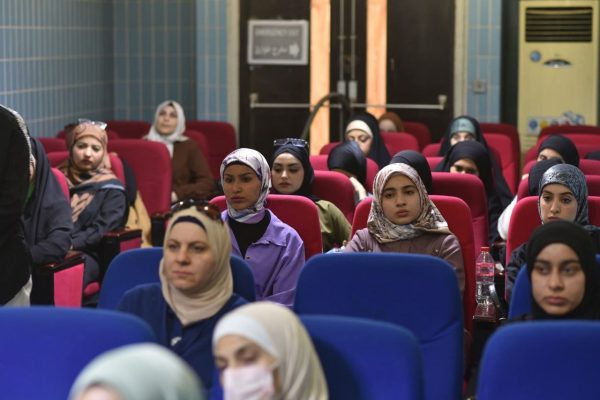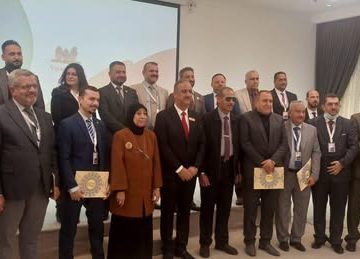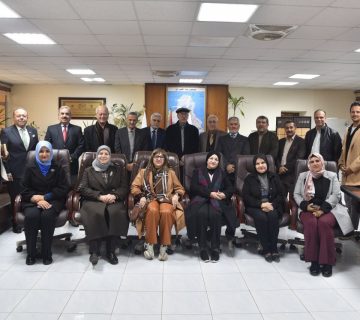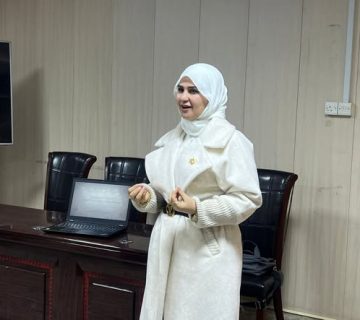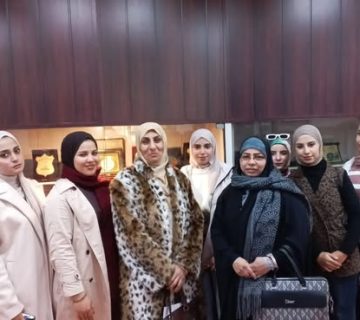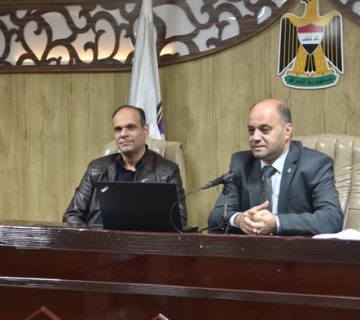Under the patronage of the Dean of the College of Science for Women, Professor Dr. Sameera Naji Khdim, the Department of Physics, in collaboration with the Continuing Education Unit, organized a training course entitled “Study and Preservation of Archaeological Artifacts Using Nuclear Technology.” The course was presented by Dr. Haider Yahya Hammoud, Head of the Department of Physics, along with Dr. Rowaida Tariq Mahdi, Ms. Sela Sami Hamza, and Ms. Alaa Mustafa Dheeban.The course aimed to shed light on the study and preservation of archaeological artifacts through the application of nuclear technology. It commenced with a comprehensive explanation of the principles of nuclear technology and its practical employment in the field of archaeology to preserve and accurately analyze artifacts. Key topics included the use of techniques such as radiometric dating and nuclear imaging, which enable the detection of fine internal details of artifacts without causing any damage.The course also covered non-destructive analysis methods used to identify the chemical and physical composition of artifact materials. These analyses help researchers understand the conditions under which the artifacts were made and their historical origins. The instructors emphasized the importance of integrating nuclear technology with traditional conservation methods to ensure the long-term preservation of artifacts while maintaining their scientific and aesthetic value.Hands-on sessions were incorporated into the course, showcasing the latest equipment and tools employed in this field. Discussions also addressed the technical challenges faced in applying nuclear technology to archaeological studies and proposed strategies to overcome these obstacles. Furthermore, the course explored future applications of nuclear technology in areas such as cultural heritage preservation and museum sciences, opening new horizons for the protection of cultural legacy and the advancement of research in both physics and archaeology.The course concluded that the informed and responsible use of nuclear technology represents an innovative and effective tool for safeguarding human heritage. It provides accurate information that allows researchers and enthusiasts to gain a deeper and more precise understanding of history, thereby enhancing efforts to preserve the cultural identity of nations. Additionally, it contributes to scientifically informed and advanced methods of artifact maintenance, supporting cultural sustainability and strengthening societies’ ability to protect their heritage for future generations.This integration of science and technology reflects a sustainable approach that balances technological advancement with the preservation of cultural heritage. It aligns with the United Nations Sustainable Development Goal 11: “Make cities and human settlements inclusive, safe, resilient, and sustainable,” particularly in its focus on protecting cultural heritage and preserving historical and archaeological sites that form a core part of societies’ cultural identities.
